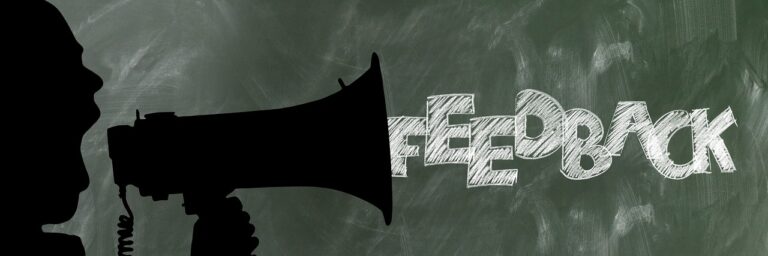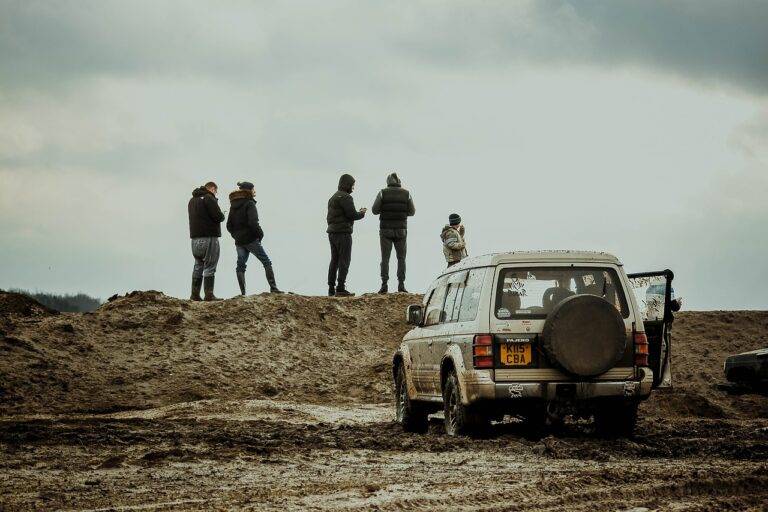The Role of Visual Effects in Virtual Reality Disaster Preparedness Training for Schools and Families
all panel 777, lesar247, 99 exch:Virtual reality (VR) technology has revolutionized the way we approach disaster preparedness training for schools and families. By incorporating visual effects into VR simulations, we can create a realistic and immersive experience that helps participants better understand how to respond in emergency situations. In this article, we will explore the role of visual effects in virtual reality disaster preparedness training and the benefits it offers to schools and families.
The Power of Visual Effects in VR Training
Visual effects play a crucial role in creating a lifelike and engaging virtual reality experience. By incorporating realistic visuals, such as fire, smoke, flooding, or earthquakes, VR simulations can effectively simulate the chaos and challenges of a real disaster situation. This visual realism helps participants experience the emotions and adrenaline rush associated with emergencies, leading to better retention of training information and improved decision-making skills.
Enhanced Engagement and Retention
One of the key benefits of using visual effects in VR disaster preparedness training is enhanced engagement and retention. Participants are more likely to remember and internalize safety procedures when they experience them in a simulated environment. The immersive nature of VR training allows participants to practice their response to emergencies in a safe and controlled setting, reinforcing learning and building confidence in their abilities to handle real-life disasters.
Real-time Feedback and Adaptive Learning
Visual effects in VR simulations also enable real-time feedback and adaptive learning. Participants can receive immediate feedback on their actions and decisions, allowing them to make corrections and improve their response strategies. By simulating different scenarios with varying levels of difficulty, VR training can adapt to the participant’s skill level, ensuring that they are adequately prepared for any challenge they may face in a real disaster situation.
Empowering Schools and Families with Essential Skills
The use of visual effects in VR disaster preparedness training empowers schools and families with essential skills to protect themselves and their communities in emergencies. By practicing evacuation procedures, first aid techniques, and communication strategies in a virtual environment, participants can build confidence in their ability to respond effectively to disasters. This training not only enhances safety but also fosters a sense of community resilience and preparedness.
FAQs
Q: Can anyone participate in VR disaster preparedness training?
A: Yes, VR disaster preparedness training is suitable for participants of all ages and backgrounds. It is especially beneficial for schools and families looking to enhance their emergency response skills.
Q: How can schools and families access VR disaster preparedness training?
A: Schools and families can access VR disaster preparedness training through various platforms and providers that offer virtual reality simulations for emergency preparedness. Some organizations may also offer in-person training sessions with VR equipment provided.
Q: What are some of the benefits of VR disaster preparedness training?
A: VR disaster preparedness training offers enhanced engagement and retention, real-time feedback, adaptive learning, and empowerment for schools and families to respond effectively to emergencies.
In conclusion, the use of visual effects in virtual reality disaster preparedness training is a powerful tool for schools and families to enhance their emergency response skills. By creating realistic and immersive simulations, participants can practice and reinforce safety procedures, ultimately improving their preparedness for real-life disasters. With the advancement of VR technology, we can empower communities to build resilience and protect themselves in times of crisis.







